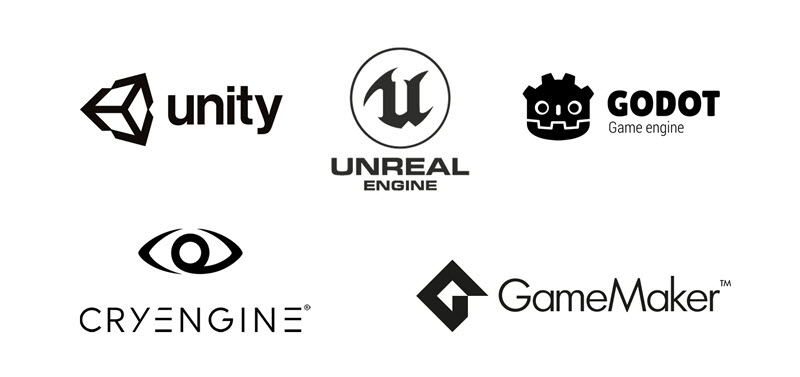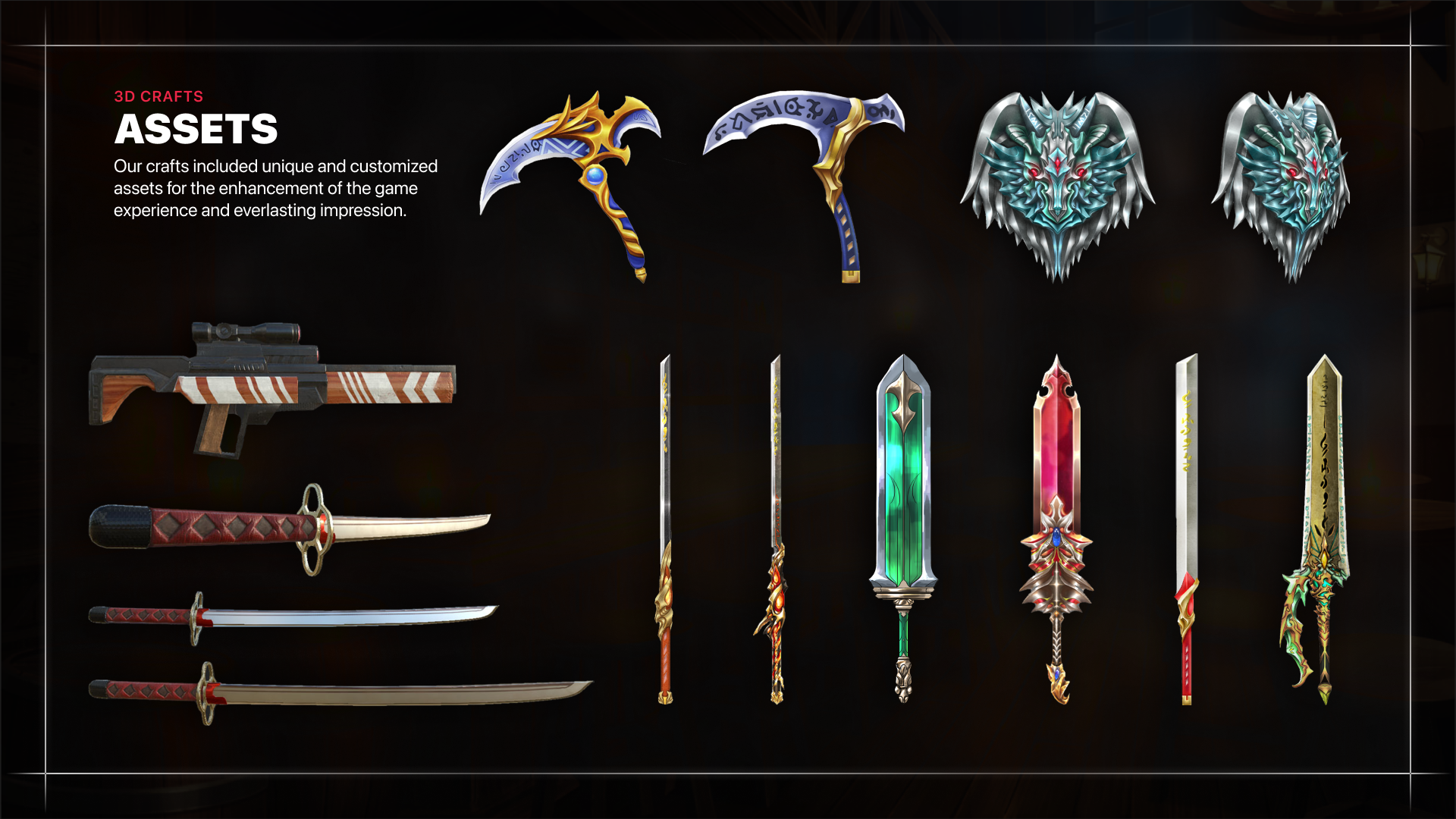The world of game development is vast, encompassing an incredible range of devices from mobile phones to PCs.
As a game developer, reaching this diverse audience requires ensuring your game performance flawlessly across all platforms. But how do you achieve this cross-platform game optimization? Here are…
5 key strategies to optimize your game performance to conquer every platform
1. Choose The Right Game Engine For Game Optimization
Your game engine is the foundation upon which your game is built. Depending on your game genre, style, and complexity, you may need different tools and frameworks to create and manage your game assets, codes, and logics.

You should choose the tools and frameworks that suit your game needs, and that are compatible across different platforms.
Utilize engines like Unity or Unreal Engine offer efficient tools and features for optimizing across multiple platforms.
2. Understand your target platforms
Different platforms have different capabilities – a specific set of hardware specifications, performance limitations, and optimization requirements.
You need to research and test the game on each platform you’re targeting. Beyond understanding the hardware specs, it’s crucial to become familiar with the platform-specific features.
These features can be powerful tools and can elevate the user experience.
3. Optimize your game assets
One of the major factors that affect your game performance is your game assets, such as graphics, audio, animations, and models.
You can use various techniques to optimize your game assets, such as compression, mipmapping, level of detail, occlusion culling, and batching.
Reduce texture resolution and compression levels without sacrificing visual quality. Opt for models with low-poly to decrease processing workload. This is especially important for mobile games and devices with lower processing power.
Prioritize using high-quality audio for critical aspects of the game like character voices, sound effects, and music. Less crucial sounds like ambient noise can be compressed more aggressively.

4. Optimize your game code
The code behind your game – scripts, shaders, and algorithms – is the engine that powers your creation.
Use profiling, debugging, refactoring, caching, and pooling techniques to refine your code, minimizing execution time, memory allocation, and CPU and GPU usage. Selecting efficient algorithms and data structures is crucial.
Favor algorithms with lower time and space complexities whenever possible. Optimize loops to avoid redundancies and unnecessary calculations.
5. Test and monitor your game performance
The final stage in your optimization is testing and performance monitoring. Utilize various tools and methods – benchmarks, frame rate counters, memory profilers, and analytics – to gather data on your game’s performance across platforms and scenarios.
Analyze this data to identify any performance bugs, or errors that may plague your game on specific platforms.
By following these 5 cross-platform game optimization strategies, you’ll be well on your way to crafting a game that conquers every platform and delivers an unforgettable experience for users.
Remember, optimization is an ongoing journey, so revisit these techniques and refine your approach throughout development to achieve ultimate cross-platform dominance!
How GIANTY can help
Optimizing for multiple platforms can be a daunting task, but you don’t have to go it alone!
At GIANTY, we offer a range of services to empower game developers. Our talented team can assist you in tackling the challenges of cross-platform development. Let GIANTY be your partner in conquering every platform and bringing your game to the world!